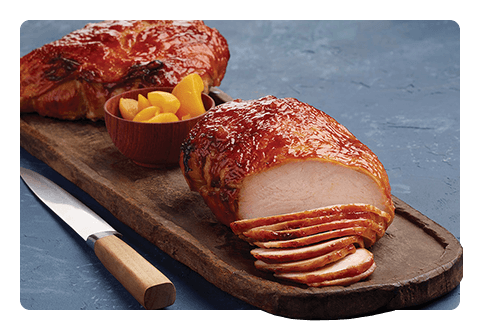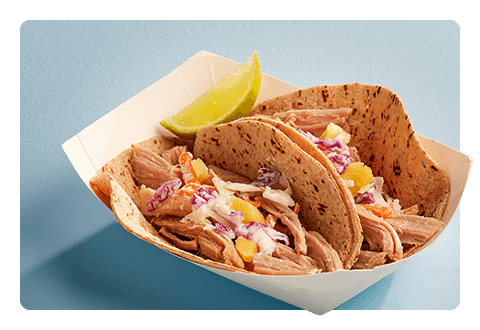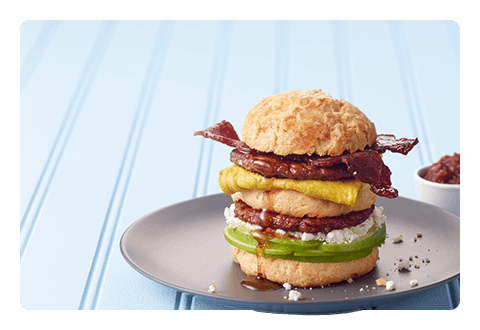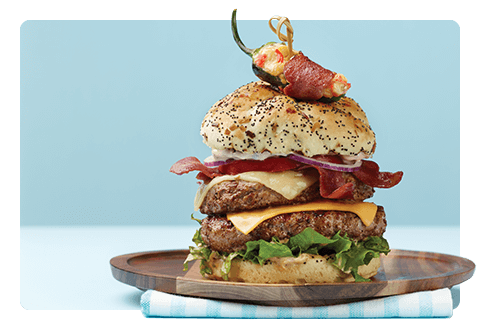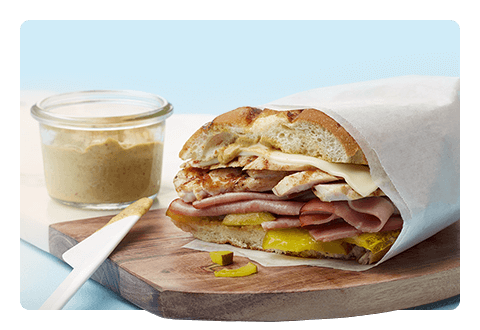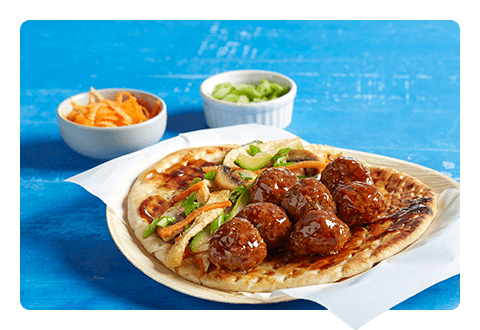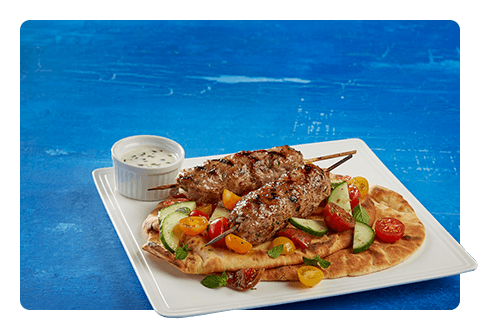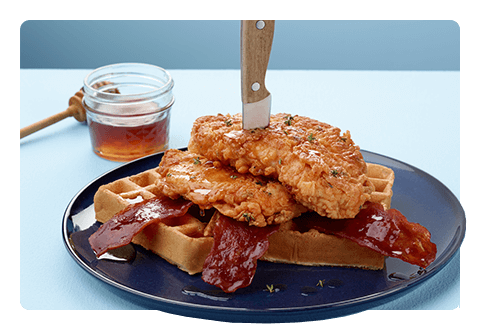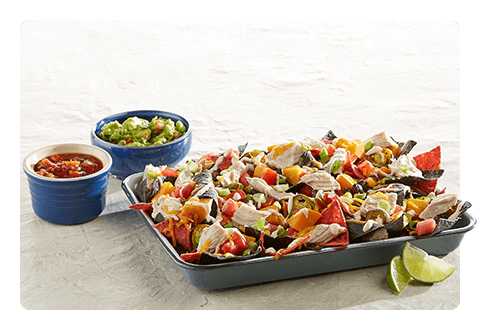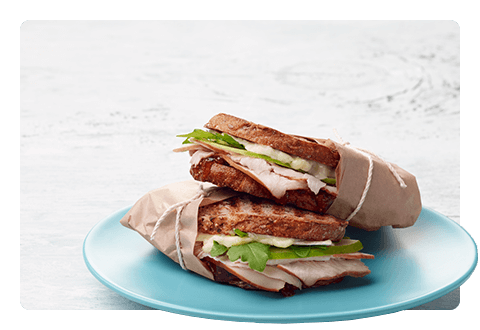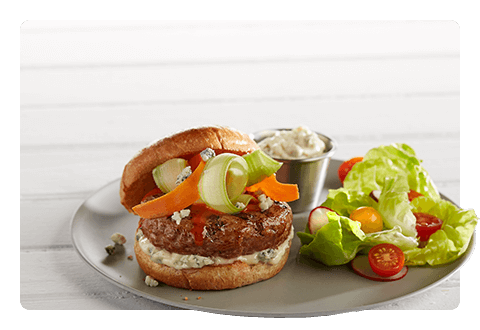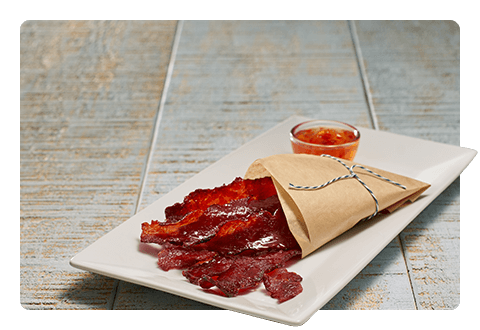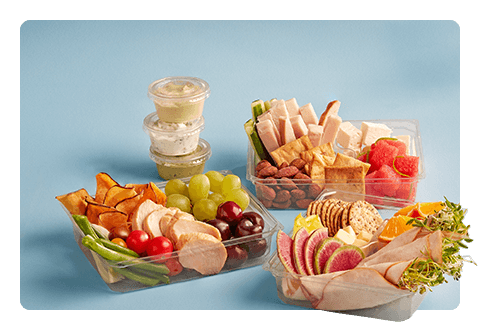How Restaurants Are Bringing Virtual Reality to Life
December 2018
New technologies are revolutionizing the foodservice industry. Restaurant operators are finding new ways to efficiently serve the modern diner, from innovative payment systems in the front of the house to automated smart kitchens in the back. The latest example of this is the rise of virtual and augmented reality, as operations across the country are using these technologies to improve both employee training and the customer experience. Here’s a look at some of the latest examples:
- Many restaurants are using virtual reality programs to train employees, and the benefits have come in layers. On the surface, they’re an easy way to encourage trial and error in both food safety and customer service without facing the negative effects of real mistakes; below the surface, employees are actually retaining more information, as these programs combine all three learning styles—visual, auditory and kinesthetic—into one. Additionally, the equipment required for virtual reality is a one-time expense that saves money in the long run.
- Beyond training current employees, some operations have incorporated virtual reality into their onboarding and interview processes. At Honeygrow, a chain founded in Philadelphia, employees are onboarded with a five-part virtual reality orientation, which gamifies tasks like putting ingredients in their proper shelves. When interviewing managers in other locations, Honeygrow leaders reportedly saved money by bringing the tool with them instead of flying candidates to Philadelphia.
- The gamification aspect of virtual reality makes training so fun that some companies are bringing it to their customers. At KFC, what was originally a training program for employees earning their Chicken Mastery Certification has now become a game that fans can play on the virtual reality platform Oculus Rift.
- Augmented reality—in which artificial objects appear in reality via a screen or hologram—is also finding its way into foodservice. In Shanghai, Starbucks rolled out an augmented reality program to serve as a tour guide for customers. As consumers aim their devices at various items in the store, graphics appear that educate them about the roasting process behind Starbucks’ products and the technology that its machines use.
The technological wave is an essential one to ride if operators expect to keep up with today’s ever-changing workforce. A 2016 Future Workforce Study reported that 77% of millennials were willing to use virtual reality for professional reasons, which is immediately benefiting operators in an industry that has been facing higher turnover rates, a shortage of cooks and a rise in minimum wage. However, as is the case with all technology, those who create the most efficient, engaging uses of the product will get the greatest return on their investments.
Are you planning to use virtual or augmented reality in your operation? Let us know on Facebook or LinkedIn. For more glimpses into the latest foodservice trends, visit our Resource Center.
SOURCES
Lempert, Phil. Virtual Reality Could Amp Up Food Safety Training, Winsight Grocery Business, July 2018.
Swanson, Tina. 3 reasons why virtual reality is the future of training, Fast Casual, June 2017.
Hennessy, Maggie. Virtual Reality: Your Restaurant’s Next Favorite Tool, QSR, April 2018.
Dorsey, Jenny. How Virtual Reality Is Training the Next Generation of Restaurant Workers, Tasting Table, July 2018.


